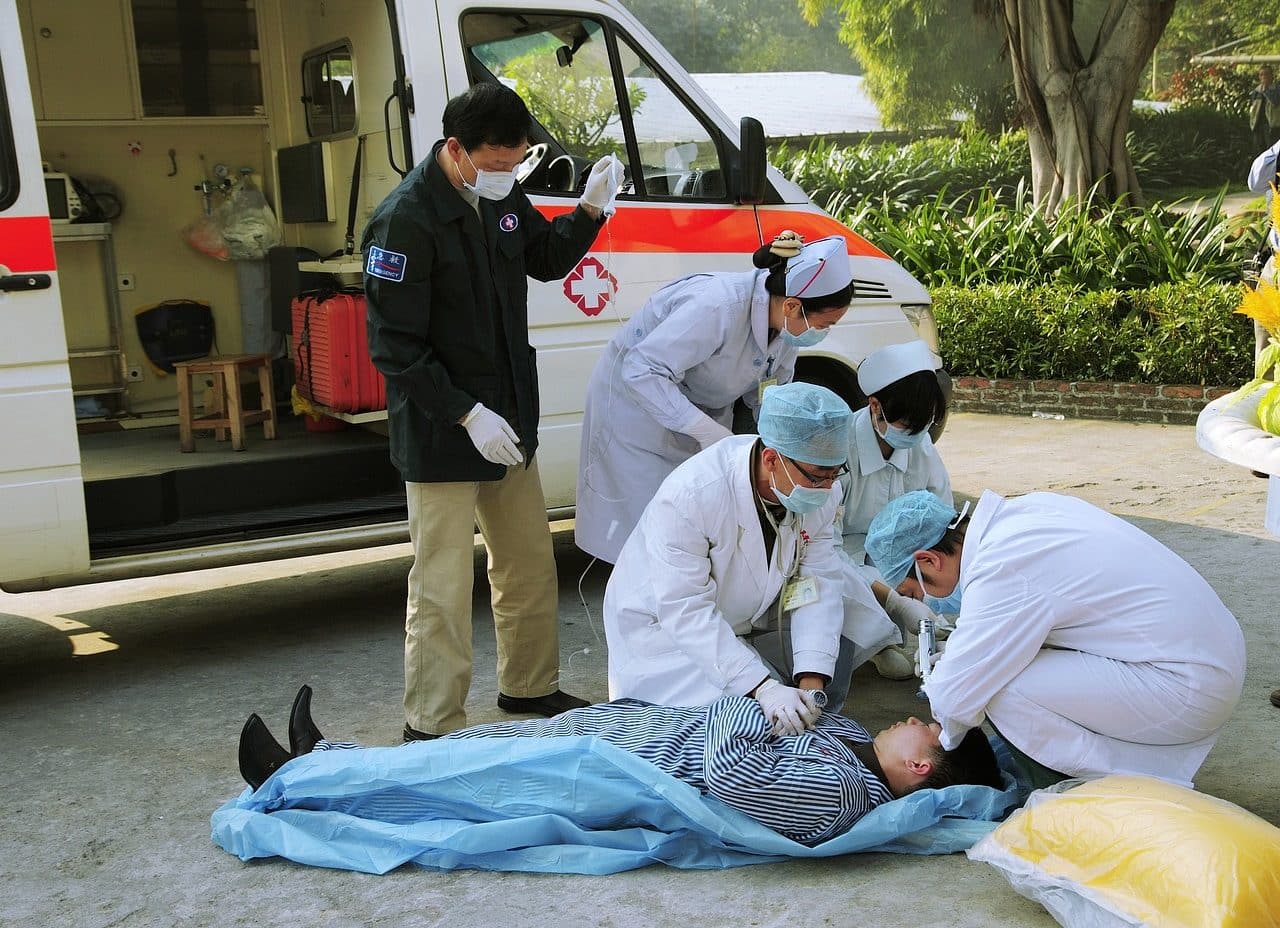
Crisis management allows us to overcome a potentially disruptive or harmful situation.
Crisis management is the process by which an organization handles an emergency situation or disruptive event that has the potential to harm the company, its employees, or its customers. Therefore, it also has an impact on reputation management . This process includes identifying the crisis , planning and executing coping strategies to mitigate its impact, effective crisis communication with all stakeholders, and implementing prevention measures. Crisis management seeks to minimize damage and facilitate rapid and effective disaster recovery.
Risk management
Risk management is a fundamental component of crisis management that helps organizations identify, evaluate and prepare for potential threats. This should be followed by the application of resources to minimize, monitor and control the probability or impact of adverse events . The objective is to ensure that the organization is prepared to face potential crises with the least possible impact.
Risk mitigation
It consists of the development and implementation of strategies to reduce the probability of occurrence or the impact of identified risks. This may include preventive measures, contingency plans, and the creation of emergency protocols.
Risk analysis
This is the process of understanding the nature of the risk and determining its level by evaluating its possible consequences and the probability of its occurrence. This analysis provides the basis for crisis decision-making on how to manage risks .
Risk mapping
It involves the visualization of identified risks in a matrix or map that shows their probability and impact. This mapping helps prioritize risks and focus management and mitigation efforts on the most critical areas.
Emergency response
Emergency response is a critical stage of crisis management that involves immediate and coordinated actions to manage a situation and minimize its negative impacts.
The first response involves the initial actions taken immediately after a crisis occurs. These actions are carried out by those first on the scene, such as firefighters, paramedics, police officers, and other emergency professionals. Its main objective is to save lives, stabilize the situation and prevent further damage.
Crisis response teams are made up of people trained and prepared to handle different aspects of a crisis. They may include members of the organization as well as external experts. Their responsibilities include assessing vulnerabilities, making critical decisions, interagency coordination (that is, with other agencies or institutions), and communicating with all interested parties. Crisis response teams must be well organized and have specific action plans for different types of emergencies.
Effective response requires prior emergency planning , crisis management training, and clear communication to ensure that all parties involved know how to act quickly and efficiently when such an issue arises.

Paramedics are part of the first response to an emergency.
emergency medical services
Emergency medical services ( EMS ) are a vital part of the initial response to any crisis or disaster. They include the rapid mobilization of ambulances, medical personnel and specialized equipment to provide immediate care to those affected.
One of the primary goals of emergency medical treatment is to stabilize patients and assist them during transport to medical facilities. A well-designed evacuation plan is essential to ensure that victims are safely and efficiently transported from the danger zone to the emergency operations center.
Victim Support Services
After the initial response, victim support services play a crucial role in long-term recovery. These comprise various areas of intervention.
emotional recovery
It is essential to offer psychological crisis support immediately to help victims cope with the trauma . Mental health professionals, often volunteers from non-governmental organizations (NGOs), provide therapy and counselling.
Disaster relief and humanitarian aid
NGOs and government agencies collaborate to provide basic resources such as food, water, shelter and medical care. Humanitarian aid is essential to meet the immediate needs of those affected and establish the foundations for their recovery.
Psychological resilience
Training programs in stress management and resilience techniques are implemented to help victims develop skills that allow them to overcome the psychological impact of the disaster. These programs are vital to the long-term recovery and social reintegration of individuals.
Training and drills
Emergency education and training are essential to prepare individuals and communities to respond effectively to crisis situations. This type of training encompasses a variety of programs and workshops designed to increase risk awareness and teach practical skills needed in times of emergency.
First aid training
One of the fundamental components of emergency training. This training equips people with basic knowledge and skills to provide immediate assistance to those who suffer accidents or sudden illnesses.
First aid training includes techniques such as cardiopulmonary resuscitation (CPR), wound treatment, fracture management, and burn care. These skills are crucial to saving lives and minimizing the impact of injuries before emergency medical services arrive.
Emergency drills
Practical exercises designed to rehearse the response to various types of crises, such as fires, earthquakes, floods and terrorist attacks. They allow organizations and communities to evaluate the effectiveness of their emergency plans and improve their preparedness.
During drills, evacuation plans, communication and coordination between different response teams are tested. These exercises not only help identify and correct procedural flaws , but also increase participants' confidence and competence in crisis management.

Earthquakes are natural disasters that must be addressed as part of crisis management.
Environmental management in crisis
Climate change and disasters
Climate change is increasing the frequency and intensity of natural disasters such as hurricanes, floods, droughts and wildfires. Environmental crisis management focuses on mitigating these impacts to protect both communities and the natural environment. Strategies such as sustainable urban planning and ecosystem conservation can reduce vulnerability to these events.
Mass evacuations
A critical response when an imminent disaster endangers people's lives. Efficient planning of evacuation routes, transportation and communication is essential to ensure the safety of all those affected. It is essential to have well-rehearsed evacuation plans and sufficient resources to mobilize large populations in an orderly and rapid manner.
Community resilience
The ability of a community to effectively anticipate, prepare for, respond to, and recover from disasters. This involves strengthening infrastructure, promoting social cohesion, and educating the population about safety and sustainability practices. Resilient communities are better able to adapt and overcome the challenges imposed by environmental crises.
Emergency accommodation
During and after a disaster, providing temporary shelters is crucial to ensuring the safety and well-being of those displaced. These must be accessible, safe and cover basic needs, such as water, food and medical care . Coordination between government agencies and non-governmental organizations is vital to manage these resources effectively.
Post-disaster reconstruction
A crucial phase in long-term recovery. It is not only about rebuilding physical infrastructure, but also about restoring livelihoods, the environment and the social fabric. Reconstruction must be sustainable and consider lessons learned from the disaster to improve resilience to future events. Community participation in the reconstruction process is essential to ensure that solutions are appropriate and sustainable.
